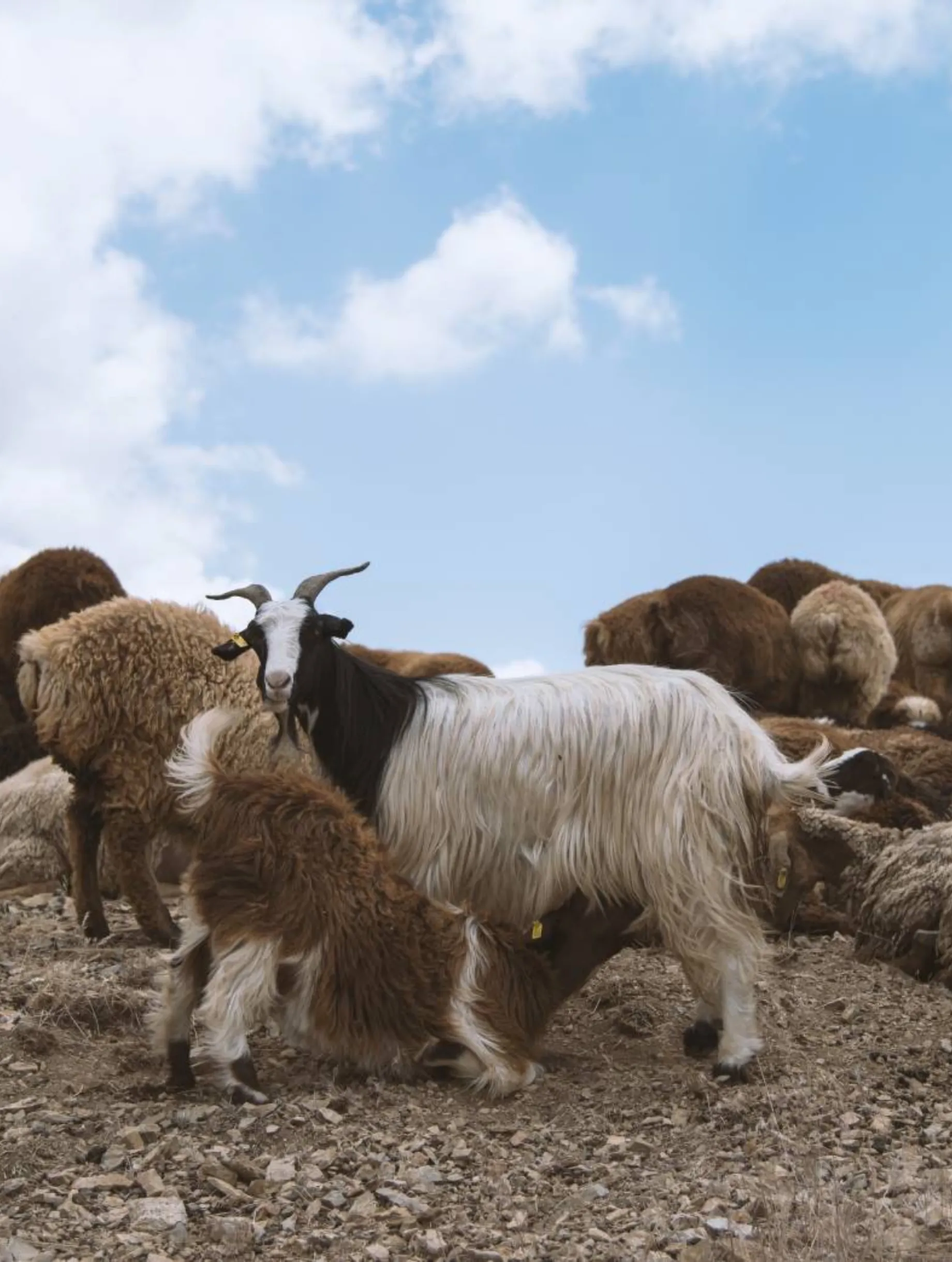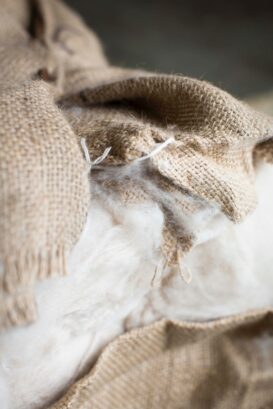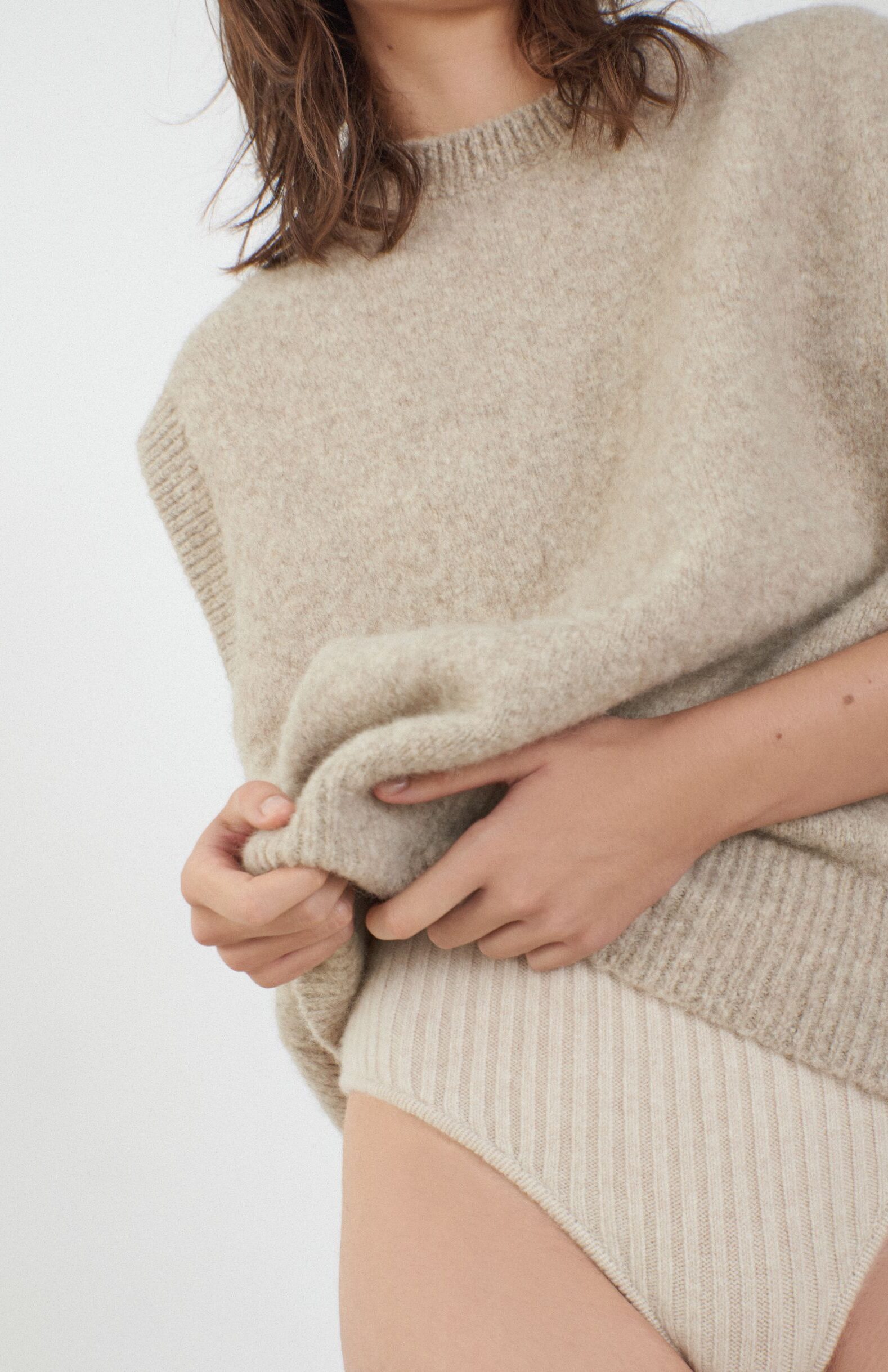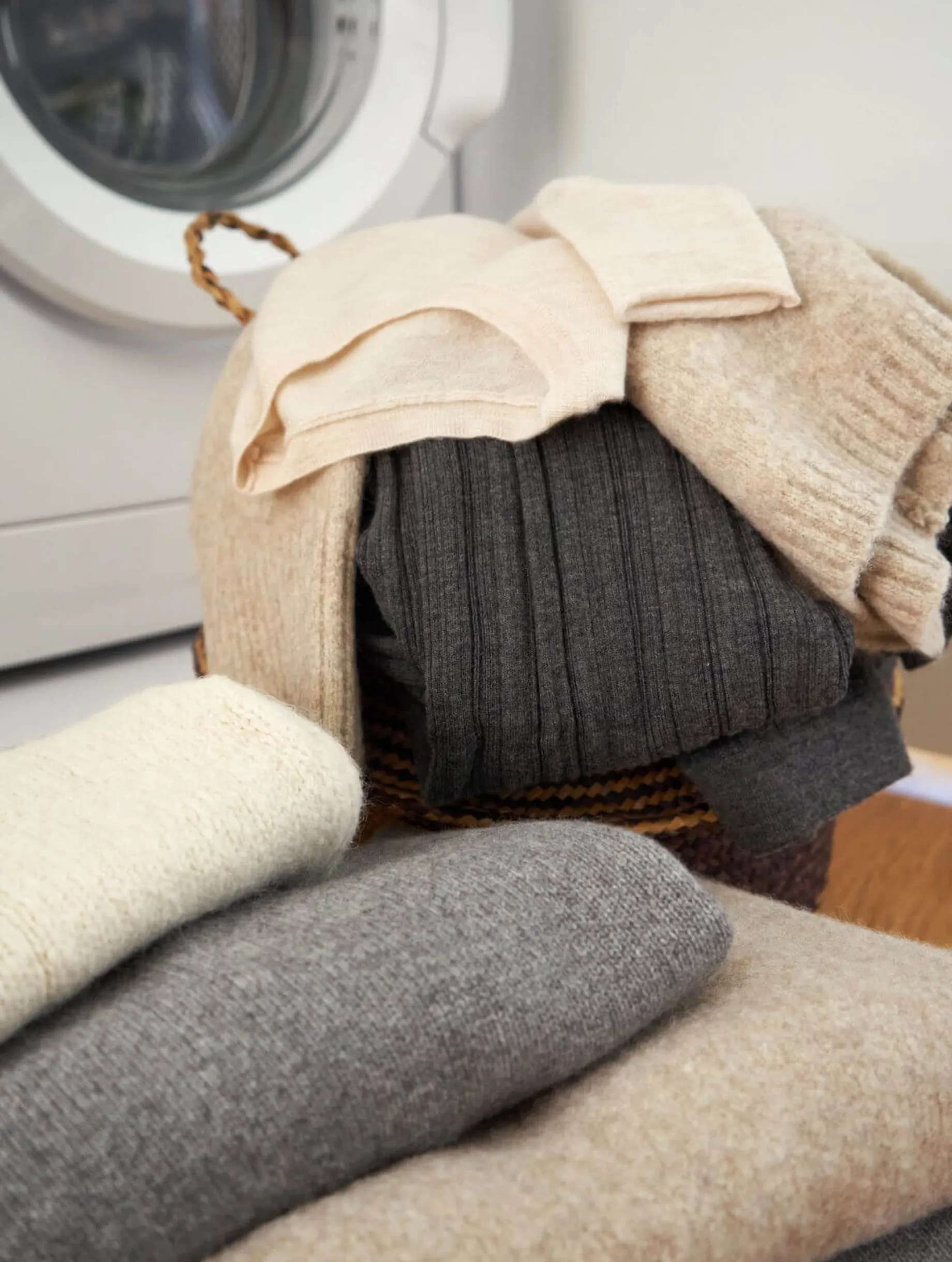
Cashmere – The “Soft Gold” Of Natural Fibers
We are very passionate about cashmere and select only the best one for our products. Therefore, we would also like to share the knowledge with our customers planning to complement their wardrobe with a good, timeless cashmere piece.
Cashmere is a type of wool collected from cashmere goats and pashmina goats. The name originates from the old spelling “Kashmir”, which is a region in Northern India that still produces cashmere. The largest population of the cashmere goats today is centered around few main regions in the world, due to the extreme temperature variations in those regions. China, Mongolia and Iran are the biggest producers of cashmere wool.
Around 70% of the world’s cashmere is produced in China, with significantly higher quality compared to the other regions.



Why is cashmere so expensive?
The reason why cashmere is very precious is not only because of the scarcity of production with only 0.2% of the world’s total output of animal fibers, but more important is its excellent quality and characteristics.
Cashmere wool is significantly warmer and lighter than the sheep’s wool and the reason for its extraordinary characteristics is the natural phenomenon of its creation. In order to produce long, warm, thin and light fiber that will protect from extremely cold temperatures, the living conditions of the goats should be in areas with big variations of the temperature. During the cold periods, the goats will start growing the cashmere layer in order to protect themselves from the low temperatures. The longest and the best quality fiber grows under the chin and the stomach. The best cashmere wool is collected by combing the goats in spring, when they start removing the winter hair.
One goat can produce around 150g of highest quality cashmere fiber per year. The best quality cashmere fiber, graded as A, has average fineness of 14-16.5 microns and average length of 36-40mm.
Once the best quality fibers are separated, they are assembled into bales, spun into yarn, which is then dyed and knitted or woven into fabric. The longer and thinner the fiber, the stronger and more durable the cashmere yarn is spun. The yarn composed of long fibers can reduce loose ends, have higher pilling resistance and softer hand feeling. It can also be more compactly spun, which will achieve more uniform and smooth surface. Lastly, the longer cashmere fibers will maintain the physical performance of the knitwear for a long time.
We are committed to source our cashmere from suppliers with highest standards for animal welfare and environment protection. You can learn more about this topic on our transparency page.
How to take care of your cashmere sweater?
Now, by knowing the story behind the creation of your favorite cashmere sweater will most probably make you appreciate it much more and handle it with a special care.
Wash your favorite cashmere piece at home by hand in a cold water using gentle soap or specially designed shampoo for cashmere products. Do not wring and do not tumble-dry, just squeeze the excess water and flat dry in shade. For more detailed information, you can follow the additional instructions about cashmere care explained on our product care page.


